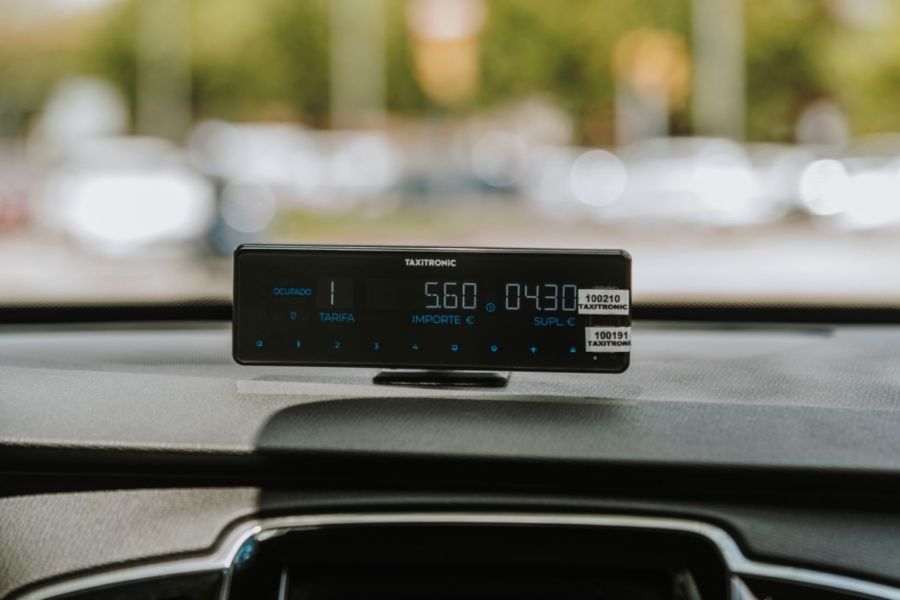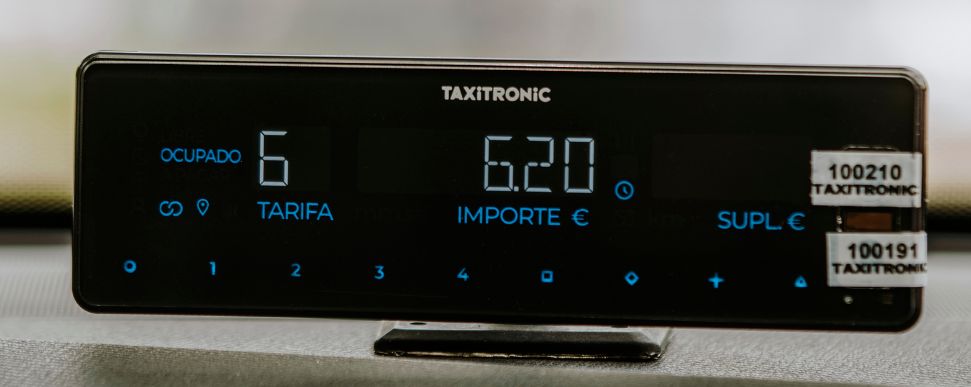Taximeters are electronic devices used by taxi drivers to calculate fares based on the distance and time traveled. They are usually used in taxis and other types of for-hire vehicles to calculate the fare for a trip.

There are two main types of taximeters: mechanical and electronic. Mechanical taximeters use a mechanical system of gears and cogs to measure the distance traveled, while electronic taximeters use digital technology for the same purpose.
The main advantages of using a taximeter are that it allows for accurate and consistent fare calculations, it eliminates the possibility of drivers overcharging customers, and it can help to ensure that drivers are paid the correct amount for their services. Taximeters also provide customers with more transparency and the assurance that they are being charged fairly. Additionally, taximeters make it easier for drivers to keep track of their income and expenses.
How do digital taxi meters work?
Digital taximeters are electronic devices used to calculate fares for taxi and ride-hailing services. They are usually connected to the vehicle’s onboard computer, and the fare is calculated based on the distance traveled, the duration of the journey, and the time of day.
The taximeter is typically mounted on the dashboard of the vehicle, and consists of a display, a keypad, and a printer. When the vehicle is in operation, the taximeter will display the fare, as well as the current rate of the journey. The customer can use the keypad to enter the starting point, the destination, and any additional stops along the way.

Once the journey is complete, the taximeter will calculate the fare based on the distance and duration of the journey, as well as any additional charges such as tolls, parking fees, or surcharges. The fare is then printed on a receipt for the customer to keep.
Digital taximeters are equipped with GPS technology, allowing them to accurately track the distance traveled and the duration of the journey. This data is used to calculate the fare, which is then displayed on the meter and printed on the receipt.
